Philodendron fibrosum is a rare, short-climbing, or terrestrial growing plant with large, oval to nearly round heart-shaped dark green leaves and densely hairy (scaly) petioles. It is easy to care for, purifies the air, and will add that unique tropical allure.
We bet you will like to have this charming plant. But, before you go ahead and buy it, you should understand clearly its growth requirements and care (humidity, light, temperature, soil, fertilizer, watering, etc.). Also, you deserve to know more about any problems or issues like pests, diseases, leaves turning yellow or brown, etc.
We will cover all that and where to buy it, including Etsy.com and eBay, prices or cost. Also, to help you tell the differences, there is a P. fibrosum vs. Philodendron serpens and P. verrucosum discussion.
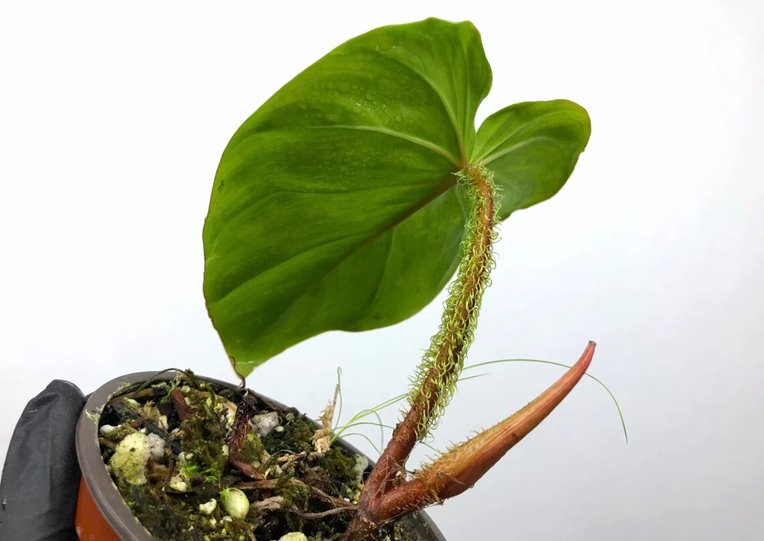
Contents
- Quick overview
- Description and appearance
- 1. Growing habits
- 2. Leaves
- 3. Stems
- 4. Flower
- Philodendron fibrosum vs. verrucosum
- Philodendron fibrosum vs. serpens
- Philodendron fibrosum care
- Philodendron fibrosum propagation
- Problems or issues
- 1. Pests
- 2. Diseases
- 3. Root rot
- 4. Leaf discoloration
- 5. Your plant drooping and leaves curling
- Where to buy Philodendron fibrosum
- Frequently asked questions (FAQs)
Quick overview
- Scientific name: Philodendron fibrosum
- Family: Araceae
- Native habitat: Colombia and Ecuador
- Toxicity: All plant parts are toxic to dogs, cats, and humans since it has insoluble calcium oxalates.
- Care level: Easy care or low maintenance
Dr. Thomas Scott described Philodendron fibrosum (Sodiro ex Croat) in 2010. But a Jesuit botanist Luis Sodiro had collected its material earlier in the 1900s. But since no one published it before 2010, older sources refer to it as Philodendron fibrosum aff.
The abbreviation aff. stands for affinis, which tells you it’s a similar or close to a plant species that may exist but is still unknown.
Description and appearance
It is time to look at what this plant looks like and its growing habits.

1. Growing habits
Philodendron fibrosum is a short, appressed climbing hemiepiphyte (at times terrestrial) plant. It is native to Central Ecuador (Cauca and Narino) and Southern Colombia, (Cotopaxi, Carchi, Pichincha and Imbabura).
It occurs on premontane wet forests and lower montane moist forests or rain forests at altitudes of 3,937 to 5,905 feet (1,200-1,800 m) but may occur at a range of 2,952 to 7,217 feet (900-2,200 m).
2. Leaves
Mature Philodendron fibrosum has large, 11.4-2.8 inches long by 10.6-22.4 inches wide, broadly oval to nearly round heart-shaped dark green leaves. The upper surface is somewhat leathery to thinly leathery and it might be a bit matte and sub-leathery, semi-glossy, or velvety, while the lower side is paler and semi-glossy. But some specimens may have a reddish-tinged or pinkish underside, especially when grown in deep shade or young.
These leaves are broadest where they attach to the petiole, with their anterior sinus closed in most instances. They have 9-11 pairs of basal veins and a slightly paler midrib that is flat towards the base and deeply sunken as you move towards the apex.
Also, the leaves have weakly to deeply narrowly sunken 6-8 pairs of lateral veins that may be slightly paler or similarly colored as the leaf surface. So, the leaves appear pleated or ridged.
Lastly, their nearly round, purplish, hairy petioles are much longer than the leaf blade in juvenile plants. But as they mature, they are comparable to the lamina.
3. Stems
Philodendron fibrosum stems exceed three feet, have short internodes, and are “densely, minutely and irregularly transverse-ridged, yellow-brown, scurfy and brown to reddish or reddish-brown.” (1)
What about cataphylls? They have reddish to yellowish-green, unribbed, and hairy cataphylls that remain attached but will turn to fibers and fall with time.
4. Flower
Philodendron fibrosum will have 2, sometimes 1 or 3 inflorescences per axil. Each has a spathe divided into the upper blade and lower tube, a spadix, and a peduncle.
The peduncle is reddish-violet or purple at first, but it later turns brownish or brick red. Also, like the lower part of the spathe tube, it has nearly reniform scales, interspersed with a bit longer, hair-like, green scales predominantly towards the apex.
The spathe is dark green with a reddish tinge on the outside and is bristly or densely scaly. Its tube is heavily purplish-tinged on the outside and dark violet-purple to deep maroon inside, while the blade is whitish to the tip and cherry red on the lower ⅔.
P. fibrosum spadix has a creamy to pale green female bottom portion, a middle sterile male (slightly constricted at the center), and an upper fertile male section.
Lastly, the fruiting spadix is swollen at the bottom and has aggregated berry-like fruits or what botanists call infructescence.
Philodendron fibrosum vs. verrucosum
These two aroids are closely related. Both are climbers with broadly oval, heart-shaped leaves. Also, their petioles are hairy, and their leaf texture and colors are similar. How do you tell them apart?
It is not easy to tell them apart, considering the many types that Philodendron verrucosum has, such as Mini (Dwarf) Rojo, Sunset, Red Back, etc. Nonetheless, it is not impossible. Consider their size, petiole, and leaf blade appearance.

P. fibrosum doesn’t grow as large, petioles are fuzzier or hairier, and have 9-11 basal veins and 6-8 lateral veins per side. Also, these veins are less pale, i.e., only baler towards their base with some lateral veins not paler.
On the other hand, P. verrucosum grows more prominent, has less hairy petioles, and only 3-6 lateral veins per side (not always the case with some types, varieties, or clones). But these veins are paler and visible, i.e., light green to golden to silvery.
Philodendron fibrosum vs. serpens
Besides the fact that both plants have a fuzzy petiole, their leaf shape and appearance are different. So, it shouldn’t be hard to separate these two.
P. fibrosum has broad oval to nearly round, heart-shaped solid dark green leaves with closed posterior lobe sinus. Also, they have more basal veins but fewer lateral veins, leaving the midrib at an acute angle (40°-45°).
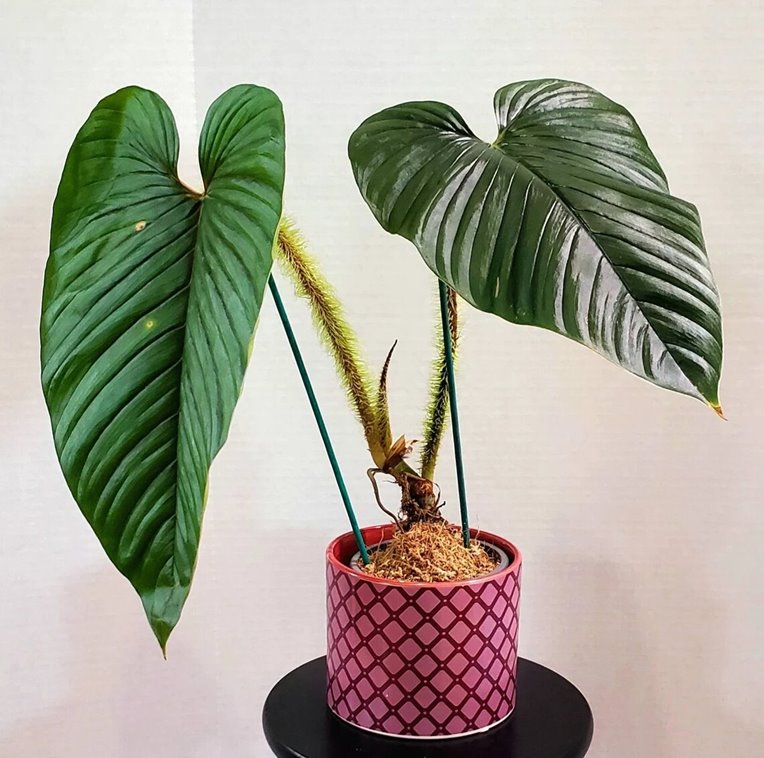
On the other hand, Philodendron serpens has broadly sagittate (arrowhead) leaves with a heart-shaped base. Also, the sinus isn’t closed and has fewer basal veins (3-4 per side). But they have more lateral veins departing at a less acute angle (obtuse) from the midrib, and midrib or primary veins are not paler.
Philodendron fibrosum care
Philodendron fibrosum is an easy-to-care-for houseplant. It needs a warm (65-80°F), humid place with bright indirect light. Grow it in chunky, well-drained soils rich in organic matter and water it when a few top inches of the potting mix feel dry.
Also, feed it once a month with a well-balanced liquid houseplant fertilizer, and don’t forget it needs repotting, pruning, and a climbing place.
Here is more on caring for this adorable plant:
- USDA hardiness zone: 10-12, not frost hardy
- Temperature: 65 to 80 degrees Fahrenheit (18-27°C). Avoid temperatures below 55°F, sudden changes, or cold drafts. Also, don’t place it next to a heat source.
- Humidity: It grows best in high humidity, 60-80% but can tolerate 50ish. If too low, have a pebble tray or buy a humidifier.
- Light needs: Bright, indirect light but can tolerate lower, especially when young. Avoid direct sun or too little light.
- Soil: Best soil should be well-draining, aerated, and rich in organic matter. Add some perlite, peat moss, compost, and orchid barks to your potting soil, or buy an aroid mix. Even Miracle-Gro Indoor Potting Mix will work well.
- Watering: Thoroughly water when the top 2-3 inches (up to the 1st knuckle of your finger feels dry) or when your soil moisture meter reads red or dry. We use XLUX Soil Moisture Meter. It is precise, responds fast and you don't need batteries.
- Feeding: Feed monthly during the growing months with a balanced, liquid houseplant fertilizer like Miracle-Gro Indoor Plant Food (Liquid). Start with ½ recommended strength.
- Pruning: Regularly cut any dead, damaged or diseased parts with sterilized gardening shears. Also, you can cut the stems back to control growth in early spring.
- Repotting: Repotting is after 2-3 years or if rootbound. Use a pot 2-3 inches wider in diameter.
- Stake: Since the stems tend to wander a little bit, provide and train it on a moss pole, trellis, totem, or any other support.
Philodendron fibrosum propagation
Philodendron fibrosum propagation is by stem cutting or air layering. Seeds are also a viable option but very rare to find.
To propagate this plant, you need a stem cutting with at least a node (the knobby section with aerial roots or where leaves emerge). And you are free to propagate this plant in water or soil.
Lastly, the steps to follow are similar to how you propagate any climbing Philodendron.
Problems or issues
There are no unique issues that affect this plant besides the usual ones that include leaf discoloration or curling, your plant drooping or wilting, pests, and diseases.
Let us have a brief overview.
1. Pests
We haven’t had pest issues except for spider mites. But your plant may have others like aphids, thrips, mealybugs, or scale insects. Use neem oil, horticultural oil sprays, or insecticidal soaps to control these bugs.
2. Diseases
Like other Philodendron plants, your P. fibrosum may have bacterial and fungal leaf spots or blights like Pseudomonas, Xanthomonas, Erwinia ssp., Phytophthora, Dactylaria, or Southern blight. Signs will include brown or black lesions that may have a yellow halo, be water-soaked at first or look sunken.
Luckily, these diseases are uncommon. To avoid them, ensure you don’t keep the leaves wet for long, practice good sanitation and isolate new plants.
3. Root rot
It is a more prevalent problem for people with poorly draining potting mix or overwatering this plant. When it happens, roots will be mushy and black or brown. But before that, you will see other signs like smaller than usual paler leaves, leaves yellowing, wilting, stunted growth, etc.
If not all the roots have decayed, immediately repot your plant. As you do so, cut any decayed bits with sterilized gardening shears. Also, it would help if you sprinkled a fungicide on the roots after pruning them.
4. Leaf discoloration
If your P. fibrosum leaves are turning yellow, the likely reason is you are overwatering your plant. Check if the soil is soggy even after not watering for a few days.
However, the yellowing may also be due to too much or too little light, heat stress, cold drafts, or underwatering. Other things like transplant shock, a rootbound plant, or one lacking nutrient may cause the yellowing.
Besides yellowing, you may see crispy brown tips and edges. They are likely an indication of a sunburn, underwatering, heat stress, low humidity, fertilizer burns, etc. It happens when moisture cannot reach the tips or margins of leaves.
Also, leaves may have brown or yellow spots. The likely reasons are pests and disease.
Lastly, if you see brown splotches, it may be an overwatering problem, while leaves turning brown overnight will indicate cold damage or drafts.
5. Your plant drooping and leaves curling
Drooping or wilting means cells don’t have enough water to remain firm or rigid, while leaves curling is a means to reduce moisture loss or for protection.
The causes are similar. They include underwatering, too much light, heat stress, low humidity, and fertilizer burns.
Also, anything that results in more moisture loss from leaves or prevents water absorption is a possible cause.
Where to buy Philodendron fibrosum
If you are looking for Philodendron fibrosum on sale, start with Etsy.com and eBay. You may be lucky to find vendors close to you. These two marketplaces have vendors from the US, the UK, Canada, Australia, Singapore, etc.
Next, go to Facebook and Instagram. These two social media networks have many vendors too. More places to try and their prices are:
- Carnivero (Austin, TX) USD 200
- FrogDaddy (Bessemer City, NC) USD 29.99
- Ecuagenera.com (Ecuador) $35
- Tropical Plant Co. (Hamburg, Germany), 120 Euros
If you haven’t been lucky, it’s time to unleash the last option, using a search engine. Google “Philodendron fibrosum for sale” and see the results pop up.
Frequently asked questions (FAQs)
Yes. Philodendron fibrosum is a rare and hard-to-find houseplant. To get it, you have to do some digging. You are unlikely to find it at your local vendors. Even online, only a few vendors have it on sale.
Philodendron fibrosum price ranges from $50 to $250 depending on the plant size and where you buy it. Smaller or unrooted plants will cost less while the larger, more established ones more.

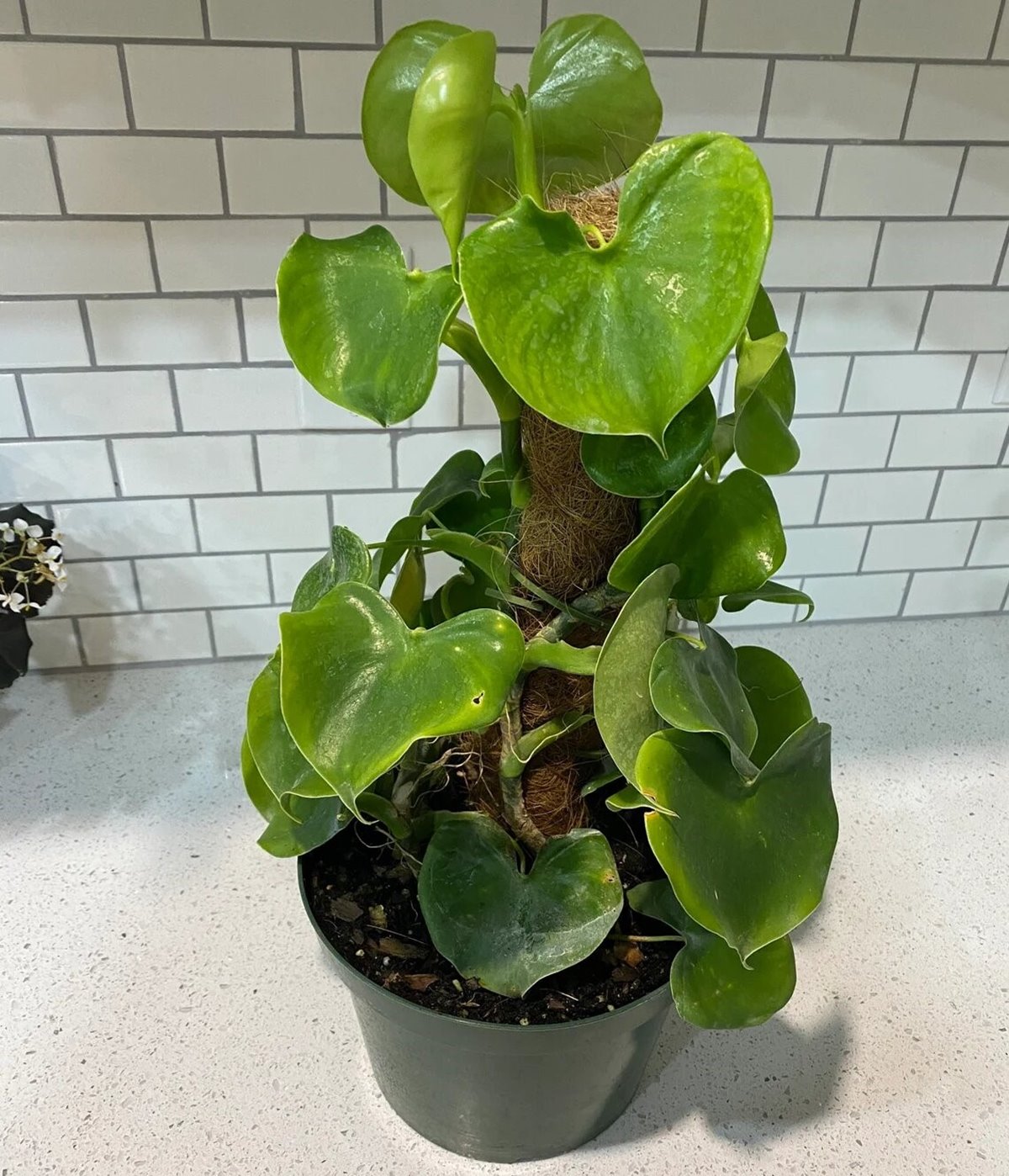
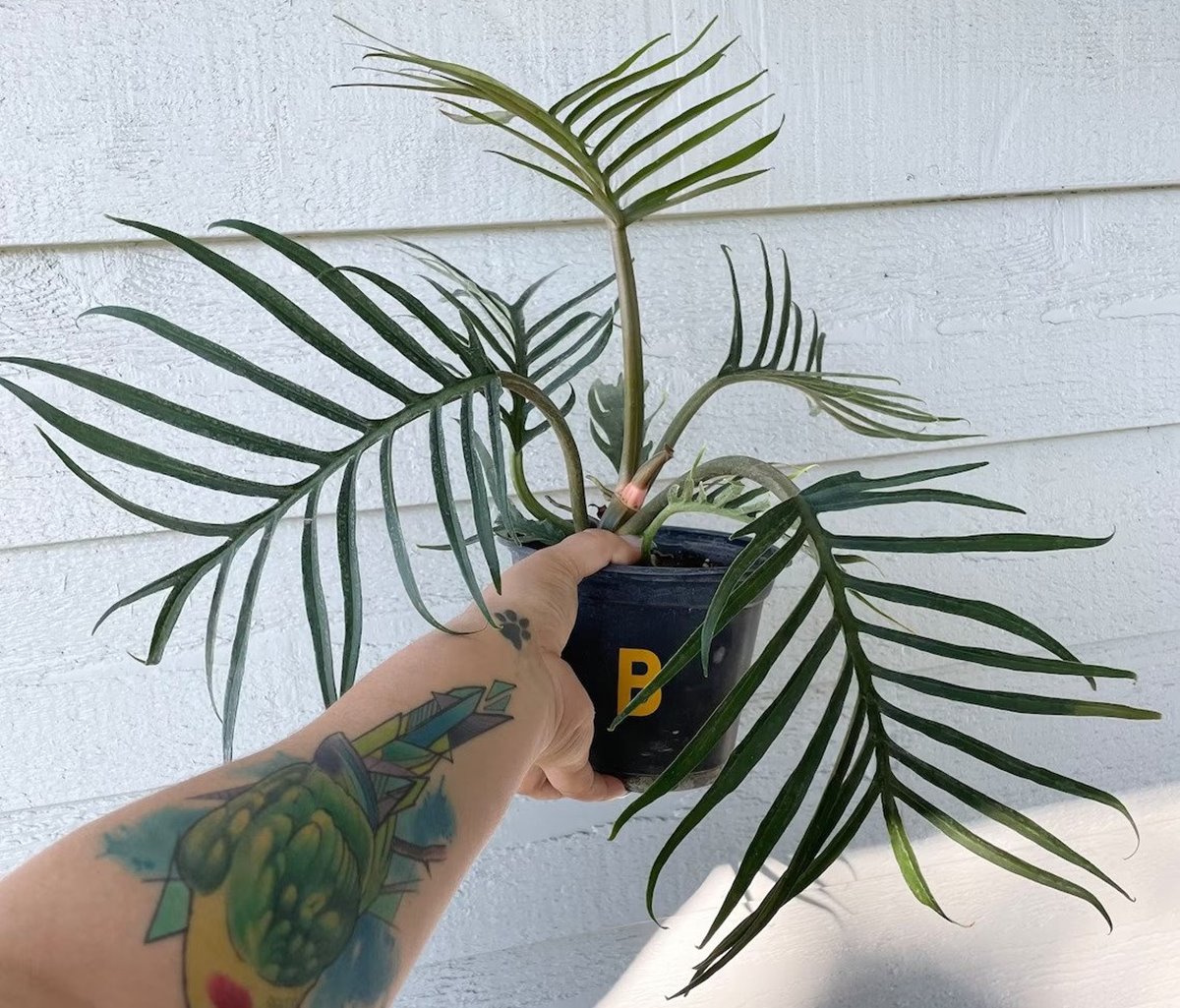
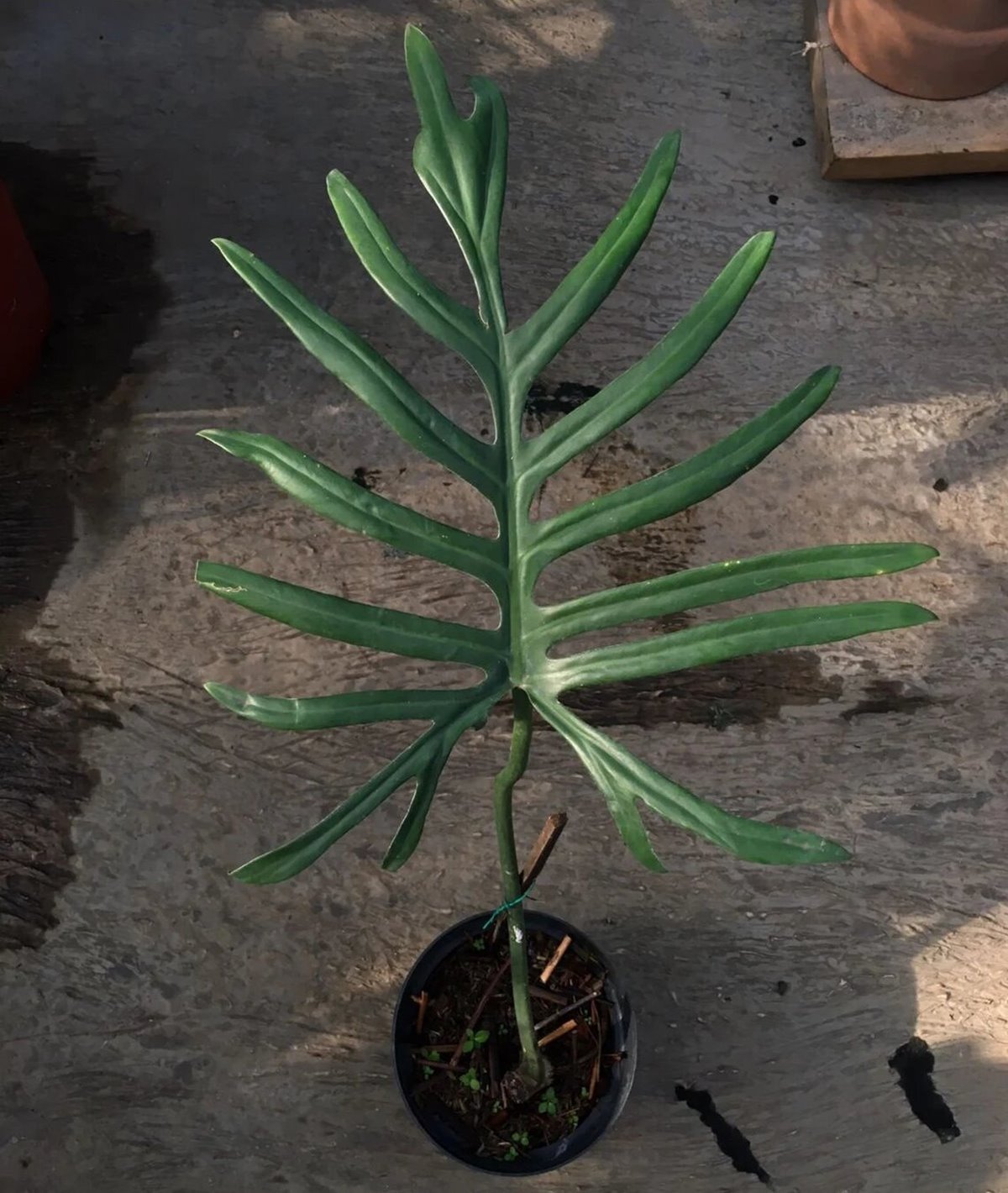

Leave a Reply